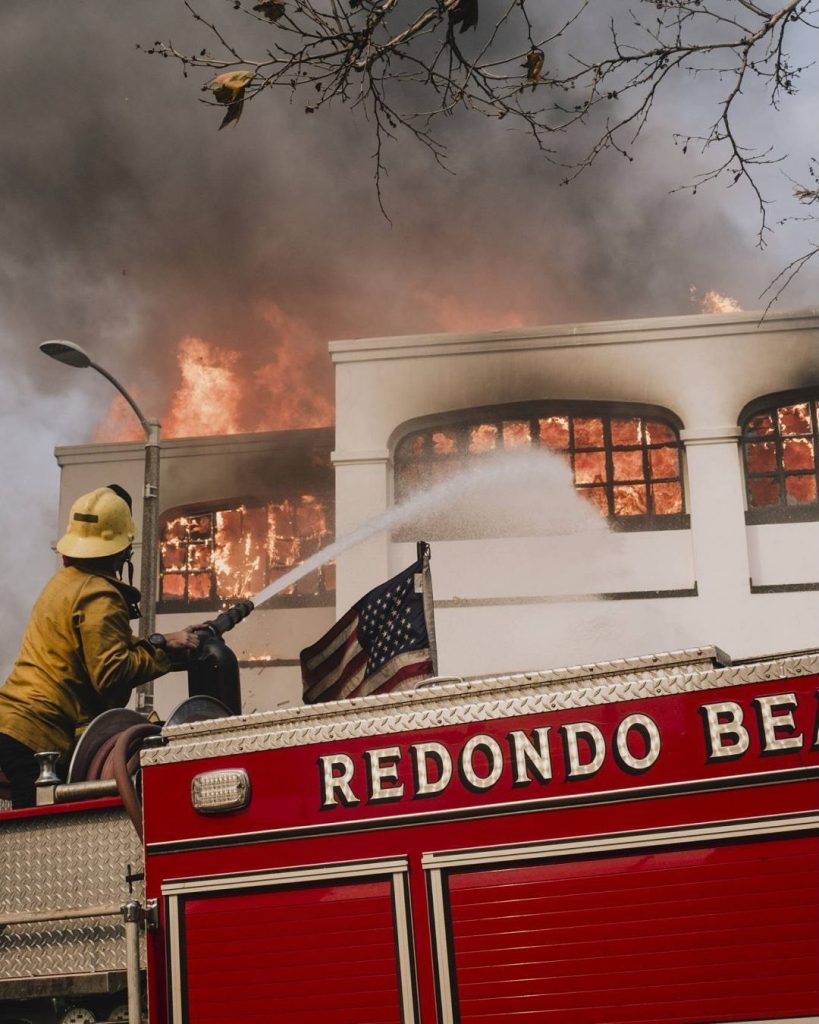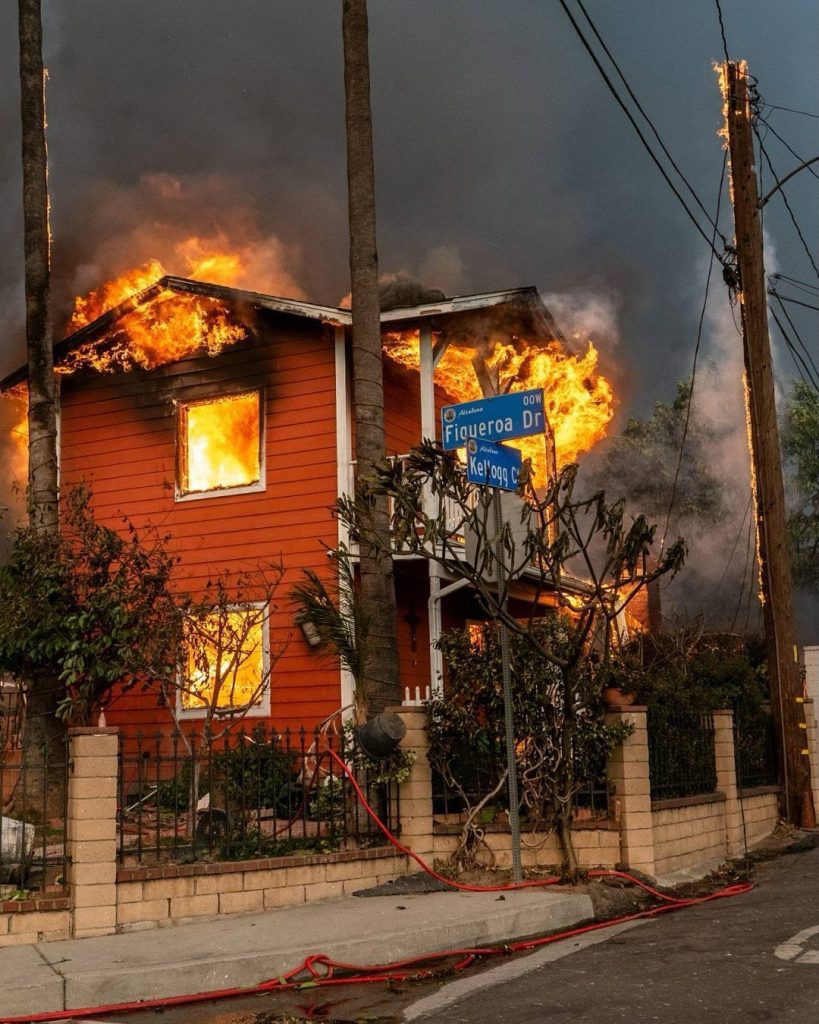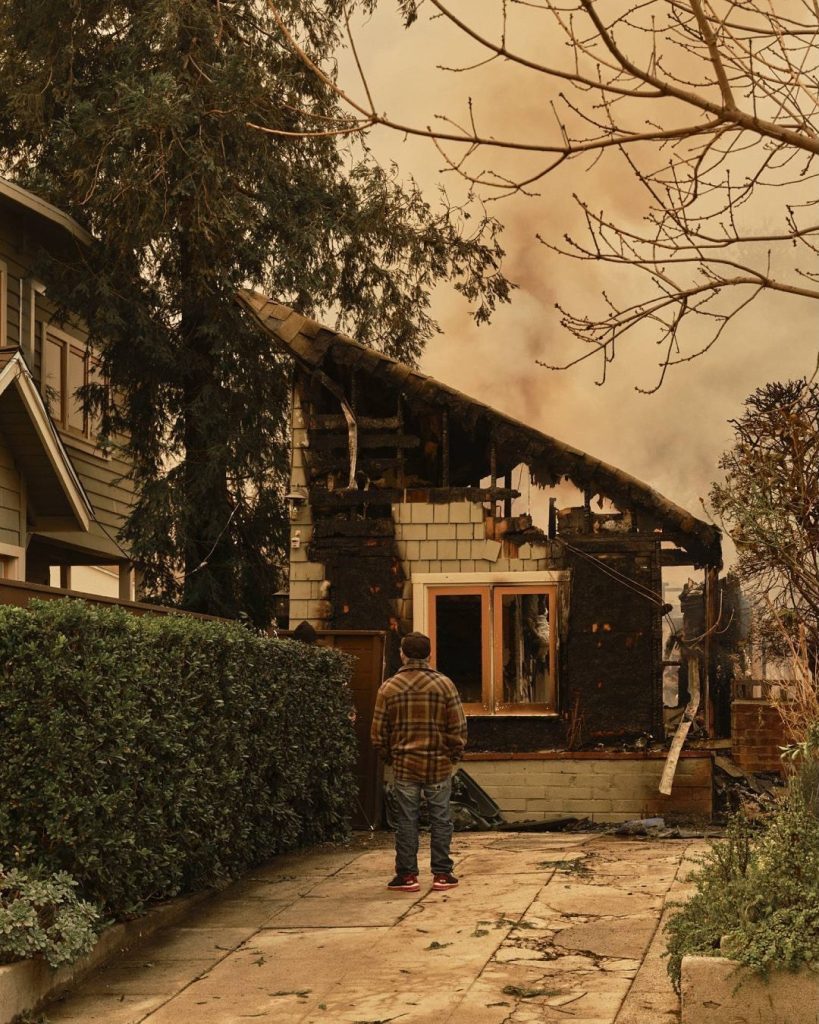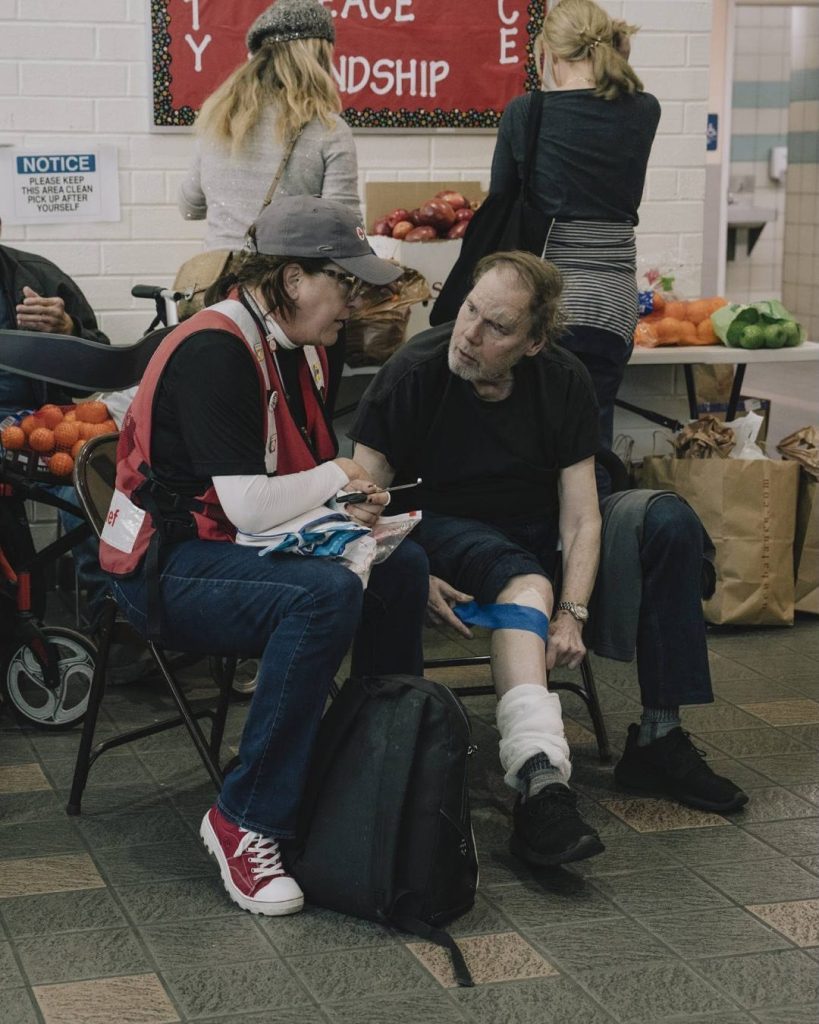Los Angeles Wildfires: A Community in Crisis

Los Angeles is grappling with a series of devastating wildfires that have displaced tens of thousands of residents and left entire neighborhoods in ruins. Strong winds and a dwindling water supply have severely hampered the efforts of firefighters, allowing the fires to continue their path of destruction unabated.
The Palisades Fire: A Historic Catastrophe

The Palisades fire alone has forced over 37,000 residents to evacuate, according to Los Angeles County Sheriff Robert Luna. With more than 1,000 structures already destroyed, this fire has become the most destructive in Los Angeles history. Its scale has earned it a grim place among the top 20 most destructive wildfires ever recorded in California, according to CalFire, the state’s fire agency.
California State Senator Sasha Renee Perez, whose district includes Pasadena, made an urgent plea for residents under evacuation orders to heed the warnings. “Please take these warnings seriously,” she said. “I understand how difficult of a decision this is, but this is about safety.”
Challenges in Fighting the Fires

Efforts to combat the wildfires have been stymied by powerful winds that fan the flames and a critical shortage of water resources. Firefighters are working around the clock, but the combination of natural elements and the sheer scale of the fires makes their job extraordinarily challenging. The devastation caused by the Palisades fire underscores the urgent need for more robust fire prevention measures and emergency resources to address the growing threat of wildfires in California.
A Call for Preparedness and Action

These fires serve as a stark reminder of the increasing frequency and intensity of wildfires fueled by climate change. As Los Angeles residents face the immediate challenges of displacement and loss, the broader issue of long-term preparedness looms large. Communities and officials must work together to implement strategies for fire prevention, better resource management, and stronger emergency response systems.

In the face of this ongoing crisis, the resilience and solidarity of affected communities remain a beacon of hope. While the path to recovery may be long and arduous, the shared commitment to rebuilding and adapting can pave the way for a safer future in the face of California’s growing wildfire threat.


